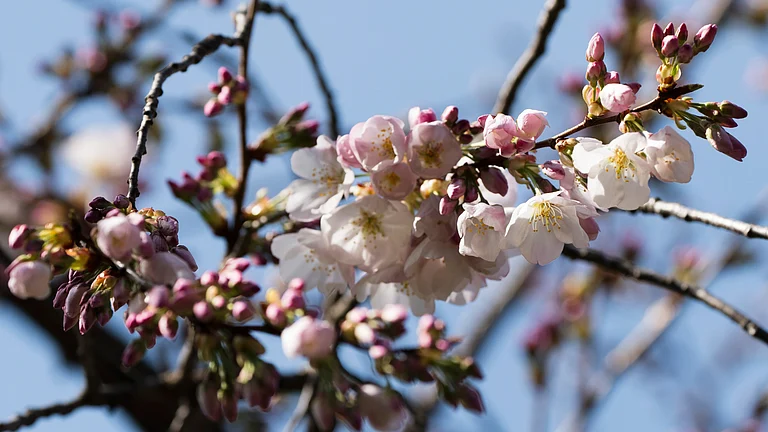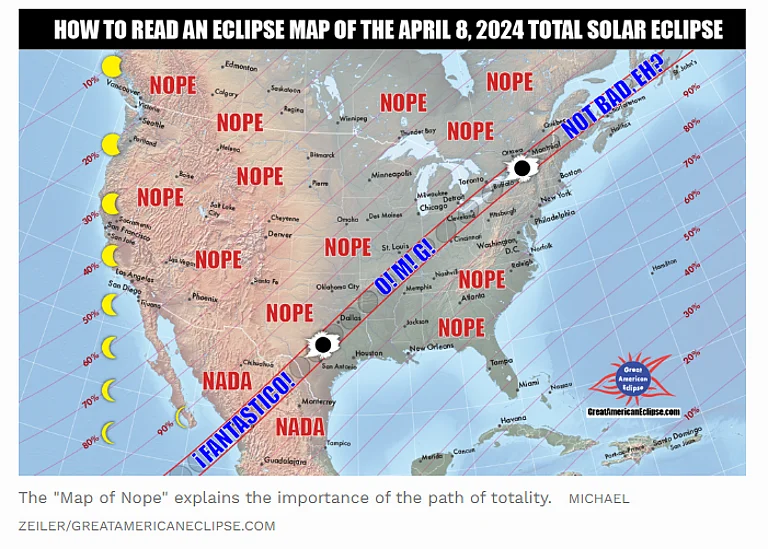Landslides occur around the world and have helped shape the Earth as we know it. They tend to garner little notice when they strike in remote, unpopulated areas, but they also have the potential to cause immense catastrophes.
Things To Know About The Risk Of Landslides In The US
Landslides: A Global Threat. From deadly Oso disaster to future risks with climate change, explore its causes, types, prediction methods and how to stay safe.

The landslide that destroyed a rural neighbourhood and claimed 43 lives in Oso, northeast of Seattle, 10 years ago Friday was the deadliest in US history. But globally it's not uncommon for landslides to carry high death tolls.
Dozens of people have been killed already this year in landslides in Colombia, China and Indonesia. One in Guatemala in 2020 killed more than 100 people, five years after one there killed at least 280. Thousands have died during landslides caused by earthquakes or volcanic eruptions.
As climate change intensifies storms and wildfires, destabilising soil, the risk increases. It can take a tragedy — deadly landslides in states such as California, Washington or Alaska — to draw attention to the hazards and spur efforts to better prepare for them.
What are landslides?
Landslides are simply the mass movement of earth and rock. While they sometimes accompany earthquakes or other disasters, they can also occur on their own.
Their type, severity and frequency vary. Landslides often are characterised as shallow or deep-seated — depending on whether they're rooted in the soil layer or deeper down, like the Oso slide.
Landslides include debris flows often triggered by heavy rains. When logging or fire destroys trees, the loss of root structure can weaken soil. Rain that isn't being sucked up by plants can saturate the ground, making it more likely to slide. Other types include creeps, which move slowly downward, and rock falls.
In Alaska, melting permafrost, retreating glaciers, earthquakes and pounding rains can trigger landslides. Officials are especially worried about the Barry Arm landslide, which could cause a tsunami in Prince William Sound if it gave way.
The 1980 landslide associated with the eruption of Mount St. Helens in Washington was the largest ever recorded, releasing enough debris to fill 1 million Olympic swimming pools, according to the US Geological Survey.
How do scientists study landslides?
One of the most crucial methods is lidar — a type of mapping, done from a plane or drone, that uses lasers to give a picture of the surface of the Earth, minus vegetation that would otherwise obscure the view.
Such mapping showed that the Oso slide struck an area where similarly massive slides had occurred in prehistoric times.
Washington state has hired several staff members to work on landslide mapping and analysis since Oso. Its geologists head into the field to confirm what they see in the aerial mapping.
“Are the trees bent or twisted? Are there cracks on the ground?” said one, Mitch Allen, as he and colleague Emilie Richard worked in a state-owned forest outside Olympia, Washington. “It's important to make sure your eyes are in tune with not only the lidar but what the actual ground surface is doing.”

Am I at risk?
People can check with the USGS national landslide inventory to see if they live in an area where landslides have been reported before. They can also check with state officials to see if more intensive mapping or analysis has been done. But landslides can also strike in areas where they haven't before.
“We may never know enough to kind of be able to predict, this slope will fail and this one won't,” said Ben Mirus, a USGS geologist.
Steep slopes are generally more susceptible after fires or when the ground is saturated.

Are there warning systems for landslides?
The National Weather Service uses data from the USGS in the West to provide alerts when rain poses a risk of debris flows in areas burned by wildfire. One aim of a recent federal landslide preparedness law is to expand such partnerships.
Outside of burned areas, though, landslides are much more difficult to anticipate.
After landslides from Hurricanes Frances and Ivan two decades ago, North Carolina produced a map depicting areas at elevated risk of landslides during heavy rain.
After a 2015 landslide killed three people in Sitka, in southeast Alaska's temperate rainforest, researchers developed a user-friendly online dashboard based on forecasts and rainfall intensity. It says whether the risk of landslides somewhere in the community is low, medium or high.
-
Previous Story
 Hurricane Milton Now At Category 5; Florida Evacuates And Braces For Landfall | What We Know
Hurricane Milton Now At Category 5; Florida Evacuates And Braces For Landfall | What We Know - Next Story




















